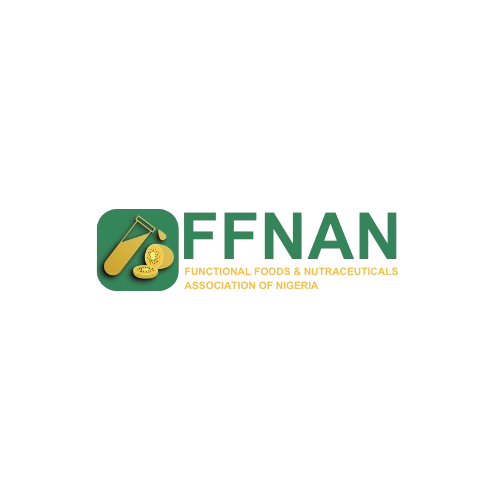Flavonols: Sources, Biosynthesis and their protective mechanism in Hypertension
Abstract
The paper below discusses and delves into the importance and uses of the organic compounds, flavonols, especially their highly integral roles in preventing and alleviating hypertension and cardio-related diseases. Flavonols are polyphenolic, polyhydroxy phenolic compounds found in plants, which contribute to secondary metabolism. The paper also discusses the forms of flavonols including quercetin, kaempferol, myricetin and rutin which can be found in varying compositions in fruits and vegetables such as berries, apples, grapes, peaches, tomatoes, blackberries, cranberry, raspberries, squash, brussels sprouts, leek endive, cucumbers, lettuce, spinach, kale, broccoli and so on. It also discusses the stages involved in the biosynthesis of flavonols which begins with the shikimate pathway, where chorismate-a precursor essential for producing aromatic acids- is formed from simple sugars and ends with flavonoid biosynthesis which entails the formation of various forms of flavonols through a series of reactions. The endothelium helps to keep the vascular tone as well as homeostasis in check by secreting vasoactive molecules while the Renin-Angiotensin-aldosterone-system (RAAS) is highly essential for the control of arterial pressure. Some of these forms of flavonols; quercetin and kaempferol help lower blood pressure by improving endothelial function, enhancing nitric oxide production, and exerting antioxidant effects that reduce oxidative stress, actions which collectively improve vascular relation, reduce inflammation and by extension, reduce blood pressure.
